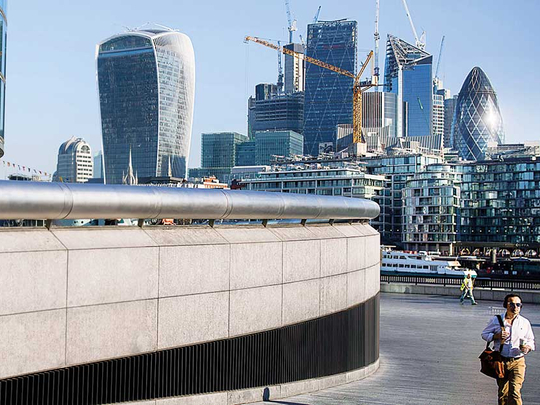
It is a timeless question that will have both sides of investors jumping to defend their preferences.
Old and new properties both have distinct, unique advantages; on the one hand, some believe that existing stock tends to hold its value better compared to its newer, more polished counterparts. On the other, many investors are attracted by the low-maintenance and potential off-plan growth potential offered by new property.
One of the biggest advantages of investing in newbuild is the ability to buy off-plan, before the property is built and often from just CGIs (computer-generated images) and a development model. While this carries its own set of risks, the biggest benefit is that you can effectively buy tomorrow’s property at today’s price, which can be lucrative if you choose wisely.
In growth areas where prices are yet to peak — such as Brighton, a coastal city outside of London where we are currently developing — investors can secure a relative bargain before the build completes. This pendulum can swing both ways, but if one conducts in-depth research and due diligence, a prudent investment can be made.
Central to this is the quality of the product and what else is happening in an area that might impact growth potential, such as transport and infrastructure improvements or wider regeneration plans. By the time a property is ready, typically after 12-18 months, you could see price rises of over 10 per cent without having lifted a finger. This “armchair” profit could be reinvested into further stock or enjoyed at your will.
There is group of tenants and buyers who simply don’t like new homes. They prefer the character and personality that comes with an older existing property — be it a ground floor garden flat or a heritage conversion.
Exit strategies
Investors should consider the local landscape carefully: a standout existing property in an area that is flooded with identical newbuild is likely to stack-up in terms of demand. One only has to look at London’s Nine Elms area to see the ramifications of newbuild over supply, with some developers struggling to sell units and investors already looking for premature exit strategies.
While this is an extreme case and not likely to be found in many other postcodes, it is worth keeping in mind.
For those with the right vision, existing properties can be ripe for renovation, with fixes that can add value both in terms of rental potential and sales value, whether a cosmetic makeover or more in-depth works such as extensions and amendments to floor plans. For those who have connections in the building or property trade, the reduced labour costs associated with this work can certainly make the case stack up.
However, for many overseas investors who do not reside in the country where their investment is located, the logistics of coordinating this work can prove impractical. Conversely, the peace of mind that comes with a newbuild property and the associated build warranty — usually provided by NHBC or BLP — are well documented.
Investors take reassurance from the fact that they and their tenants aren’t going to unearth any hidden problems or need to carry out costly maintenance works, the likes of which can surface with older properties long after the transaction has completed. Choosing a project by a reputable developer that has a strong track record and proven leadership team is crucial here.
Whether existing or newbuild, well-located properties will always have their investment merits. However, for many overseas investors, we are finding that the peace of mind offered by a high quality, newbuild property with minimal maintenance is hard to contest.
Add to this the growth potential offered by purchasing the right project off-plan — and you have a very prudent investment case.
— The writer is CEO of Ktesius Projects.











